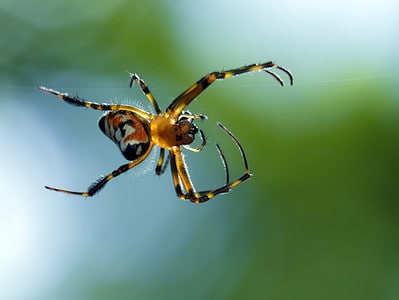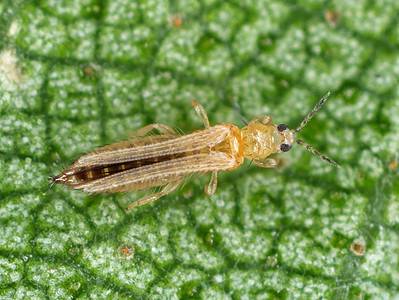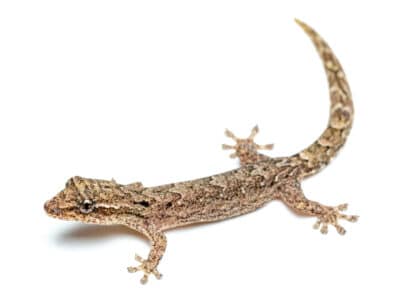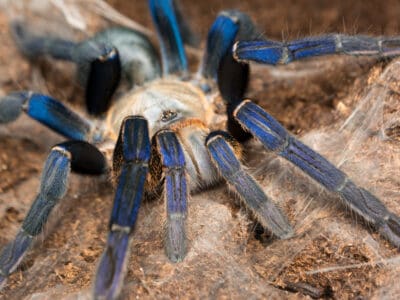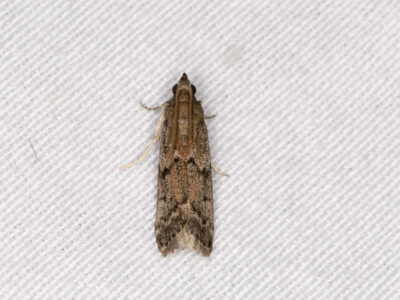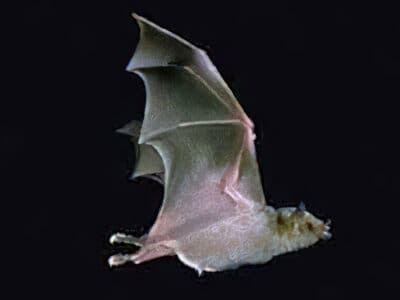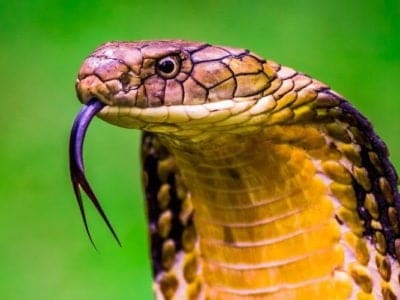Angled Sunbeam Caterpillar
Curetis acuta
Create a silk bed that they use to attach themselves to leaves
Advertisement
Angled Sunbeam Caterpillar Scientific Classification
- Kingdom
- Animalia
- Phylum
- Arthropoda
- Class
- Insecta
- Order
- Lepidoptera
- Family
- Lycaenidae
- Genus
- Curetis
- Scientific Name
- Curetis acuta
Read our Complete Guide to Classification of Animals.
Angled Sunbeam Caterpillar Conservation Status
Angled Sunbeam Caterpillar Facts
- Name Of Young
- Larvae (caterpillar)
- Group Behavior
- Solitary
- Fun Fact
- Create a silk bed that they use to attach themselves to leaves
- Biggest Threat
- Predatrs
- Most Distinctive Feature
- Twin periscopes that release tentacles organs to scare off prey
- Distinctive Feature
- Sexually dimorphic adults with silvery underwings
- Other Name(s)
- Sunbeams
- Wingspan
- Approximately 2 inches
- Incubation Period
- 2-3 weeks
- Average Spawn Size
- 100-300
- Habitat
- Tropical and subtropical forests
- Predators
- Birds, spiders, lizards
- Diet
- Herbivore
- Lifestyle
- Diurnal
- Favorite Food
- Foliage, nectar, water
- Common Name
- Angled sunbeam
- Special Features
- Silver under wings signal other sunbeams and act as a form of camouflage
- Number Of Species
- 1
- Location
- Southeast Asia
- Nesting Location
- Leaves
Angled Sunbeam Caterpillar Physical Characteristics
- Color
- Red
- Black
- White
- Orange
- Silver
- Skin Type
- Scales
- Lifespan
- 2 to 5 weeks (caterpillar), 1 month (adult)
- Length
- 1 inch
- Age of Sexual Maturity
- After pupating
- Venomous
- No
- Aggression
- Low
View all of the Angled Sunbeam Caterpillar images!
Summary
Famous for their wild defense tactic, angled sunbeam caterpillars belong to the gossamer wing butterfly family. When threatened, the caterpillars twirl around tentacle organs located in the two periscopes on their hind end. These tentacles can scare off predators while the caterpillars are busy eating or preparing to pupate before transforming into adult butterflies. As butterflies, the sexually dimorphic adults feature silvery ventral wings that provide camouflage, help them signal other butterflies, and lower their body temperature.
5 Angled Sunbeam Caterpillar Facts
- Angled sunbeam caterpillars telescope the twin tentacle organs located in their hind end at predators when threatened.
- According to some researchers, it’s periscopes may secrete chemical deterrents to ward off predators in addition to serving as a surprising physical alarm.
- During their final instar, angled sunbeam caterpillars attach themselves to leaves via a spun silk bed and a thin belt.
- Upon maturing, they metamorphose into sexually dimorphic butterflies, with the males looking black and orange and the females looking black and white.
- The silver ventral wings of the adult angled sunbeams help them to blend in with their environment when at rest, signal to other sunbeams when in flight, and lower their body temperature by reflecting sunlight.
Angled Sunbeam Caterpillar Species, Types, and Scientific Name
The angled sunbeam caterpillar belongs to the gossamer wing butterfly family Lycaenidae. Its genus, Curetis, constitutes the sole member of the subfamily Curetinae, whose members collectively go by the name sunbeam butterflies. Sunbeams comprise the smallest taxonomic group within the gossamer wing butterfly family and number approximately 25 species. The angled sunbeam caterpillar’s scientific name, Curetis acuta, comes from the Latin words curetis, meaning sunbeam, and acuta, from acūtus, meaning “acute” or “angled.” Their common name likely stems from two distinct features. First, from the acute angles formed by the rear hindwings of the adult males and, second, by the manner in which the adults’ silvery ventral wings reflect sunlight.
Appearance: How to Identify Angled Sunbeam Caterpillar
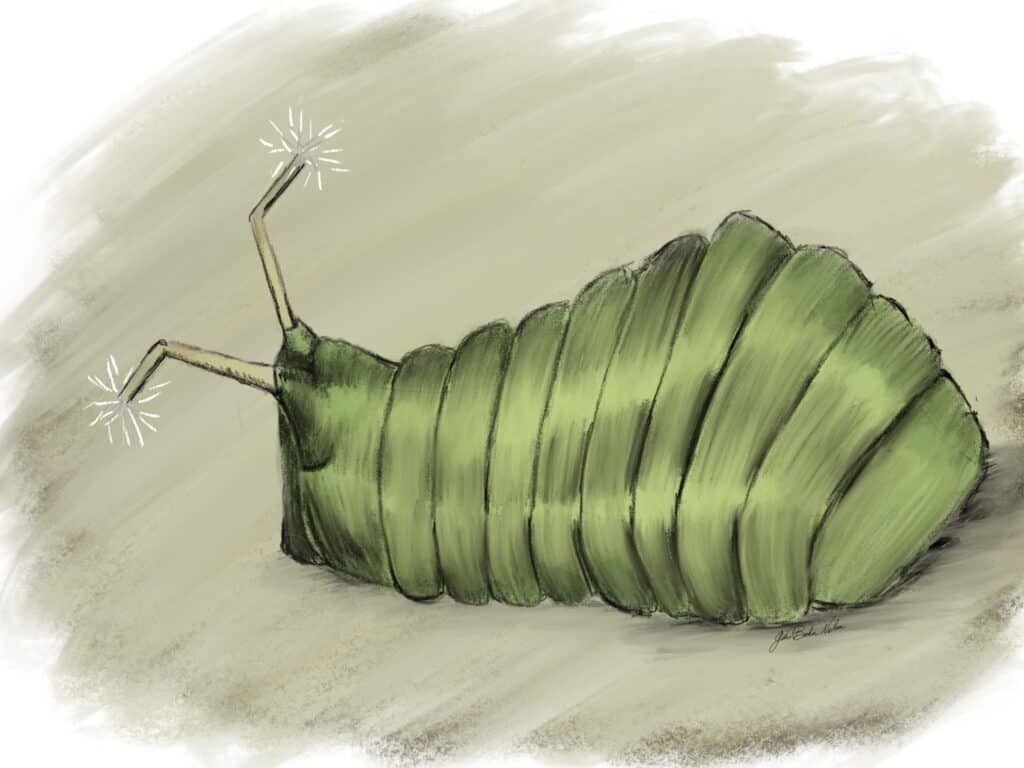
As larvae, angled sunbeam caterpillars appear predominantly light green and measure approximately 1 inch long. They possess two thin, yellow periscopes near their hind end that point upward and away from the body. When threatened, these periscopes release a tentacled organ that telescopes around to scare off predators.
Adult angled sunbeam caterpillars are sexually dimorphic, although they share some similarities. Males have orangish-red upper wings with broad black margins, while females have predominantly black upper wings with white markings on the fore and hind wings. Both males and females possess silvery underwings that reflect light and help the adults to blend in with their surroundings.
Habitat: Where to Find Angled Sunbeam Caterpillars
You can find angled sunbeam caterpillars throughout Southeast Asia. Its range extends from India in the west to Japan in the east and includes China and Taiwan. Small populations may also live in some areas of Mainland Southeast Asia, including Myanmar, Cambodia, Thailand, and Vietnam. They are common in tropical and subtropical forests. As caterpillars, they spend most of their time attached to the leaves and stems of broadleaf trees, shrubs, and flowers. Once the caterpillars reach their final instar, they attach themselves to a leaf with silk strings and start to pupate. Meanwhile, adult angled sunbeam caterpillars travel in search of mates and food.
Diet: What Do Angle Sunbeam Caterpillars Eat?
Their diet is not well-researched or understood. At present, they do not appear to feed on specific host plants. They appear to prefer the foliage of broadleaf trees and shrubs but will also eat the leaves of vines such as kudzu and other perennial plants. Although they appear opportunistic, further research may reveal that their diet consists of a limited number of host species. The caterpillars feed on foliage until they reach their final instar, at which point they cease feeding and start to pupate. As adults, angled sunbeam butterflies feed on nectar and water, which they rely on to give them the energy they need to fly and seek out mates.
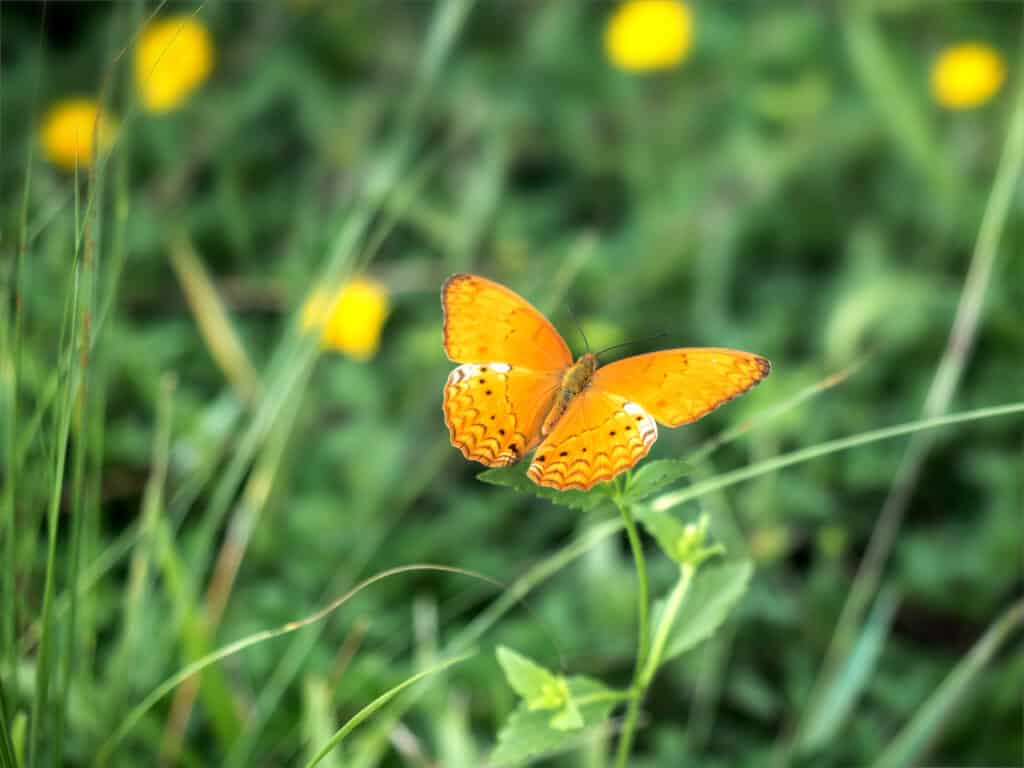
As adults, angled sunbeam butterflies feed on nectar and water, which they rely on to give them the energy they need to fly and seek out mates.
©KADAKADAR IN-ORN/Shutterstock.com
Prevention: How to Get Rid of Angled Sunbeam Caterpillars
Angled sunbeam caterpillars are not native to North America, so you’re unlikely to find any in the wild. Hopefully, this stays true, as non-native species can drastically impact ecosystems where they are not normally found. In the event that you find angled sunbeam caterpillars in the wild, your best bet is to leave them alone. However, if you wish to remove them, your best bet is to remove the caterpillars from their source of food. You can dislodge them by spraying them with a high-pressure water hose or individually plucking them from leaves. Alternatively, you could make a caterpillar-repellent with soapy water or water mixed with irritants like vinegar, chili powder, or ground pepper. Finally, you could turn to the use of chemical insecticides or pesticides. That said, these methods may lead to other unexpected consequences and cause more harm than good.
Related Animals
View all 194 animals that start with AAngled Sunbeam Caterpillar FAQs (Frequently Asked Questions)
Are angled sunbeam caterpillars dangerous?
Angled sunbeam caterpillars do not pose a threat to humans.
How many legs do angled sunbeam caterpillars have?
As adults, angled sunbeams have 6 legs.
How do you identify angled sunbeam caterpillars?
The caterpillars look bright green and have two periscopes near the hind end with telescoping tentacles. As adults, the males have upper wings that are orange with black margins, while the females have black wings with white markings.
How do you get rid of angled sunbeam caterpillars?
To remove angled sunbeam caterpillars, you can try physically removing them or spraying them with insecticide.
Thank you for reading! Have some feedback for us? Contact the AZ Animals editorial team.
Sources
- , Available here: https://archive.org/details/butterflies02bingiala/page/442/mode/1up?view=theater
- , Available here: https://www.jstage.jst.go.jp/article/lepid/41/4/41_KJ00006598202/_pdf/-char/en
- , Available here: https://academic.oup.com/biolinnean/article/109/2/279/2415950








